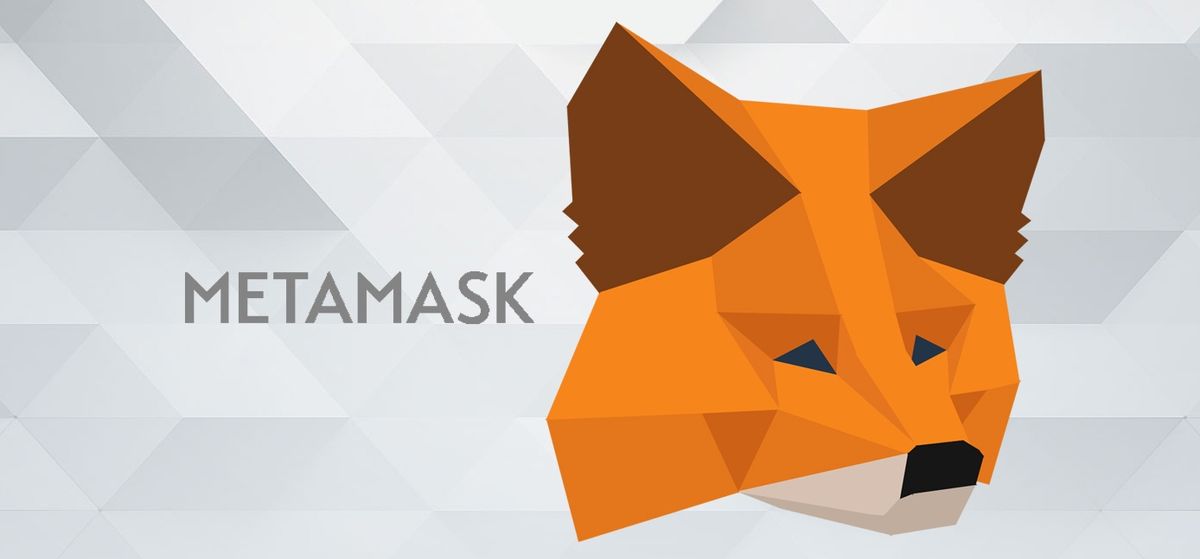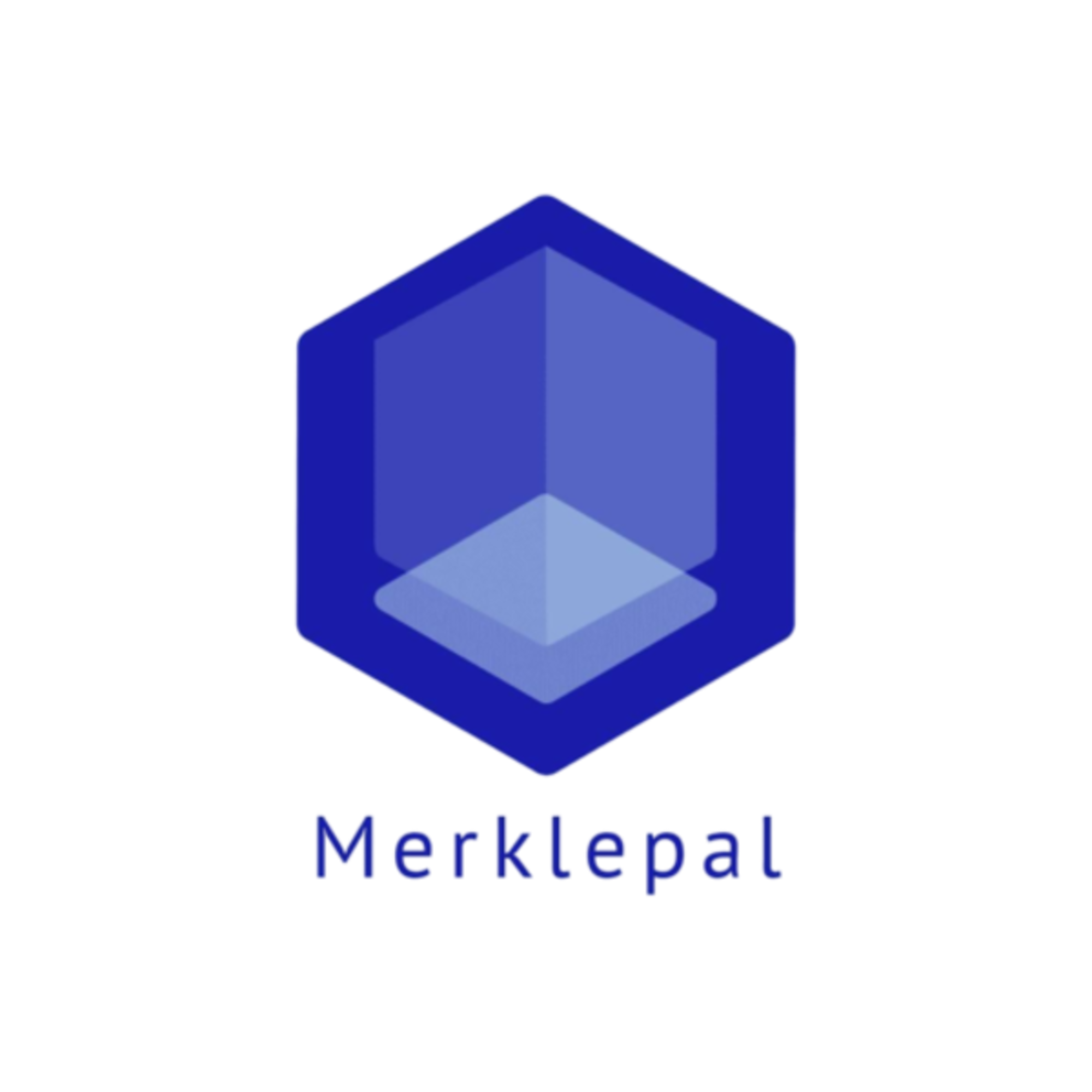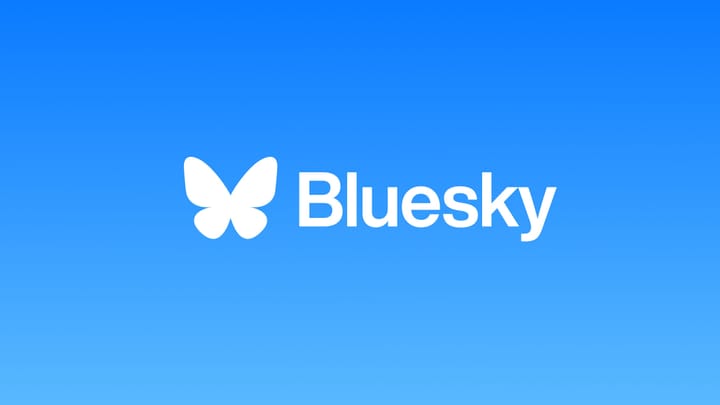MetaMask Launches Ethereum Validator Staking Feature
MetaMask enables users with a minimum of 32 ETH to participate in Ethereum staking, it is powered with Consensys Staking to run validator nodes. The service offers an annual yield of approximately 4%, with a 10% fee applied to earned rewards.

MetaMask, a widely used cryptocurrency wallet application, has introduced a new feature in collaboration with Consensys Staking, allowing users to stake a minimum of 32 ETH to participate in Ethereum validator staking. The service is designed to provide users with an opportunity to engage in Ethereum's proof-of-stake consensus mechanism without the need for hardware or software requirements.
The Ethereum's transition from a proof-of-work to a proof-of-stake network in September 2022 (known as 'The Merge'), the network relies on validator nodes to secure transactions and create new blocks. Typically, users can pool smaller amounts of ETH together to meet the 32 ETH requirement for running a validator, with rewards shared among participants.
MetaMask's staking feature, however, eliminates the need for pooling and offers a straightforward solution. Users with a minimum of 32 ETH can stake their tokens, and MetaMask, in partnership with Consensys Staking, will handle the operation of the validator nodes. Consensys Staking is already operating validators representing approximately 4% of all staked ETH.
The staking service provided by MetaMask promises an annual yield of around 4% on the rewards, with a 10% fee deducted from the earned rewards. It's important to note that the actual yield may vary due to the random chance associated with the selection of a specific validator's block to add to the network.
While MetaMask now offers its own validator staking solution, the platform also continues to provide users with alternatives for pooled staking through popular providers such as Lido and RocketPool. The advertised rewards for pooled staking with Lido and RocketPool are currently lower, at approximately 3.53% and 3.14%, respectively. Users can choose between the two options based on their preferences and risk tolerance.




